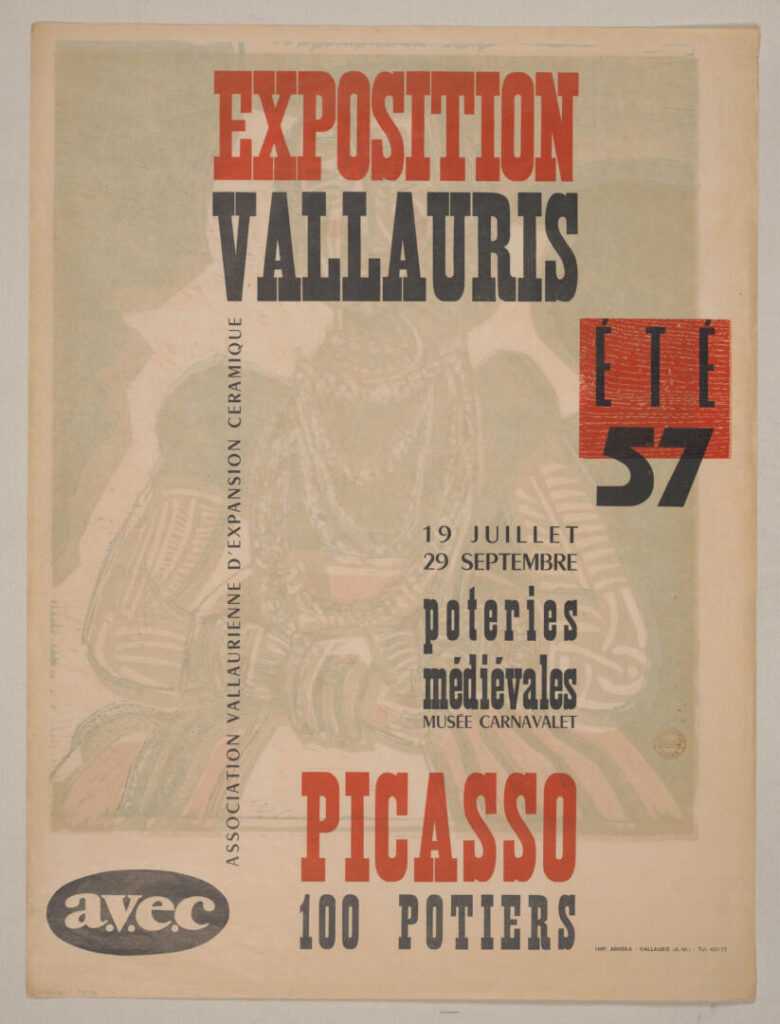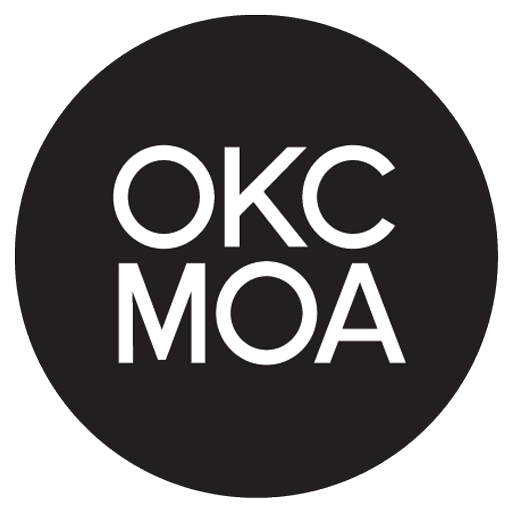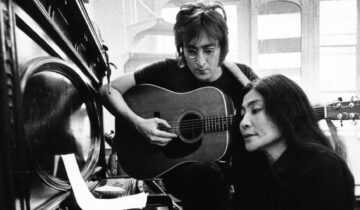PICASSO, THE GIRL, AND THE OLD MASTERS: THE CRANACH II PROOFS
Picasso was inspired to create his first linocut print and began to carve the first block of Portrait de jeune fille, d’après Cranach le jeune II [Portrait of a Young Girl after Cranach the Younger II] in July 1958 after receiving a postcard from his dealer Daniel-Henry Kahnweiler. It was of a sixteenth-century portrait by German Renaissance painter Lucas Cranach the Younger in the Kunsthistorisches Museum, Vienna. Making this print was not only an ode to the great art of the past but also a conversation and even competition with it. The proofs on display here demonstrate the complex process of producing the five color blocks, their respective stages or states, and their numerous color combinations as one impression progresses to the next. Picasso and Hidalgo Arnéra’s spontaneity and experimentality can be seen in the three proofs that were printed on scrap poster paper. Progressive proofs were an essential part of the creative process and were retained by both the artist and printer at the time.
Lucas Cranach the Younger, Portrait of a Young Girl, 1564, Kunsthistorisches Museum Wien, Gemäldegalerie © KHM-Museumsverband
Verso of Portrait de jeune fille d’après Cranach le jeune II [Portrait of a Young Girl after Cranach the Younger II] featuring a poster advertising a 1957 exhibition of ceramics by Picasso.
—————————————————————————————————————————————————————————-
PICASSO, LA JOVEN Y LOS VIEJOS MAESTROS: LAS PRUEBAS DE CRANACH II
Picasso se inspiró para crear su primer linograbado y comenzó a tallar el primer bloque de Portrait de jeune fille, d’après Cranach le jeune II [Retrato de Una Joven según Cranach el Joven II] en julio de 1958 después de recibir una postal de su marchante Daniel-Henry Kahnweiler. Era de un retrato del siglo XVI del pintor renacentista alemán Lucas Cranach el Joven en el Museo Kunsthistorisches de Viena. Hacer esta impresión no solo fue un homenaje al gran arte del pasado, sino también una conversación e incluso una competencia con él. Las pruebas expuestas aquí muestran el proceso complejo de producir los cinco bloques de color, sus respectivas etapas o estados, y sus numerosas combinaciones de colores a medida que una impresión avanza a la siguiente. La espontaneidad y experimentalidad de Picasso e Hidalgo Arnéra se pueden ver en las tres pruebas que se imprimieron en papel de cartel sobrante. Las pruebas progresivas fueron una parte esencial del proceso creativo y fueron conservadas tanto por el artista como por el impresor en ese momento.
Lucas Cranach el Joven, Retrato de Una Joven, 1564, Kunsthistorisches Museum Wien, Gemäldegalerie © KHM-Museumsverband
Verso de Portrait de jeune fille d’après Cranach le jeune II [Retrato de Una Joven según Cranach el Joven II] con un cartel publicitario de una exposición de cerámica de Picasso en 1957.





